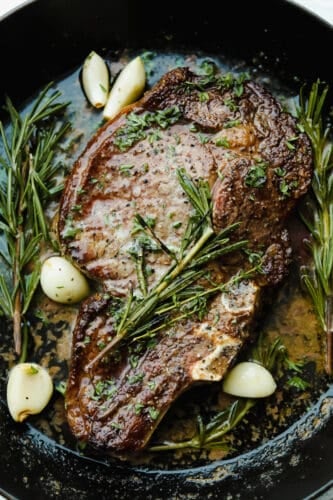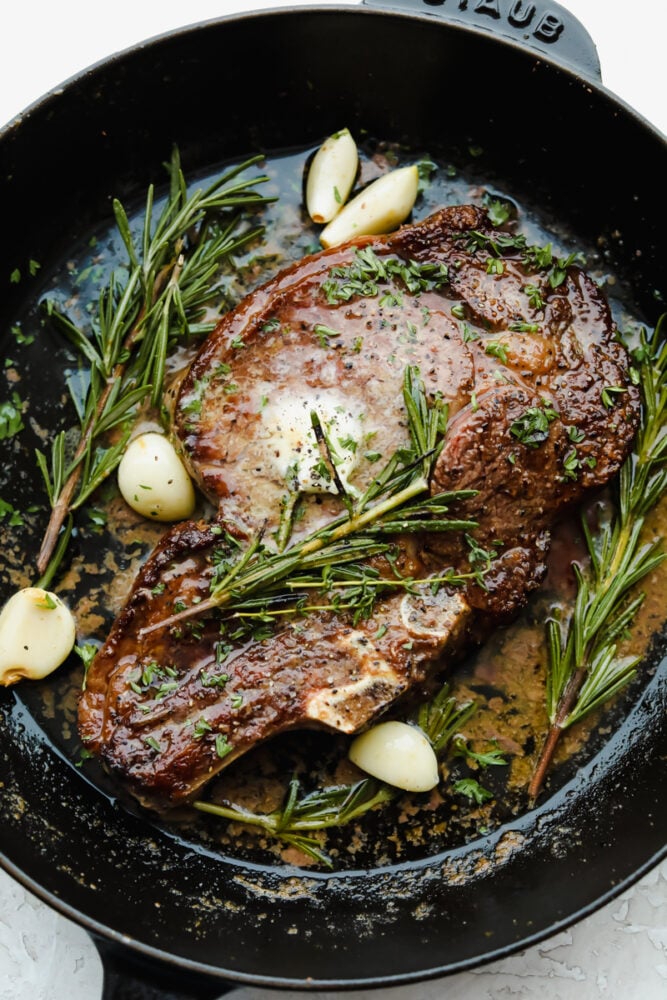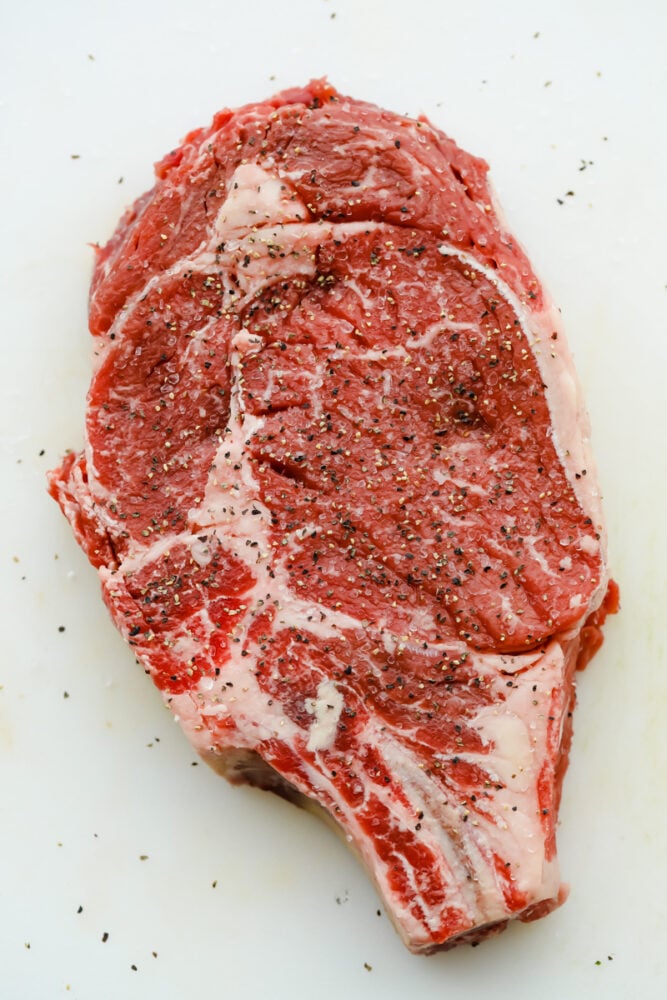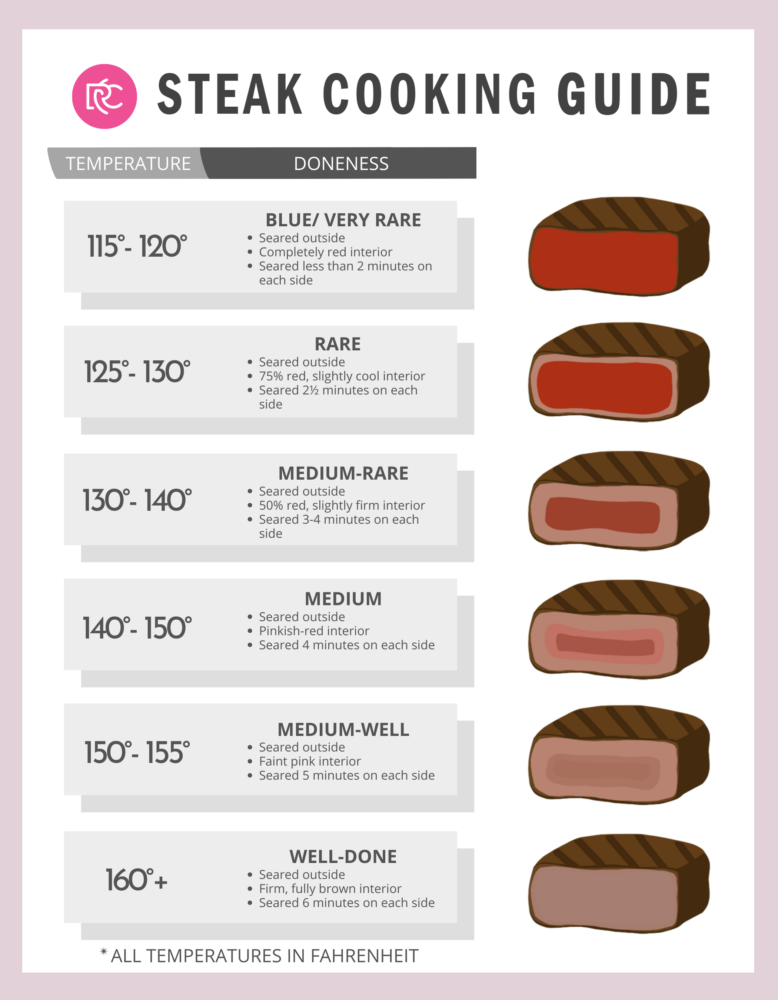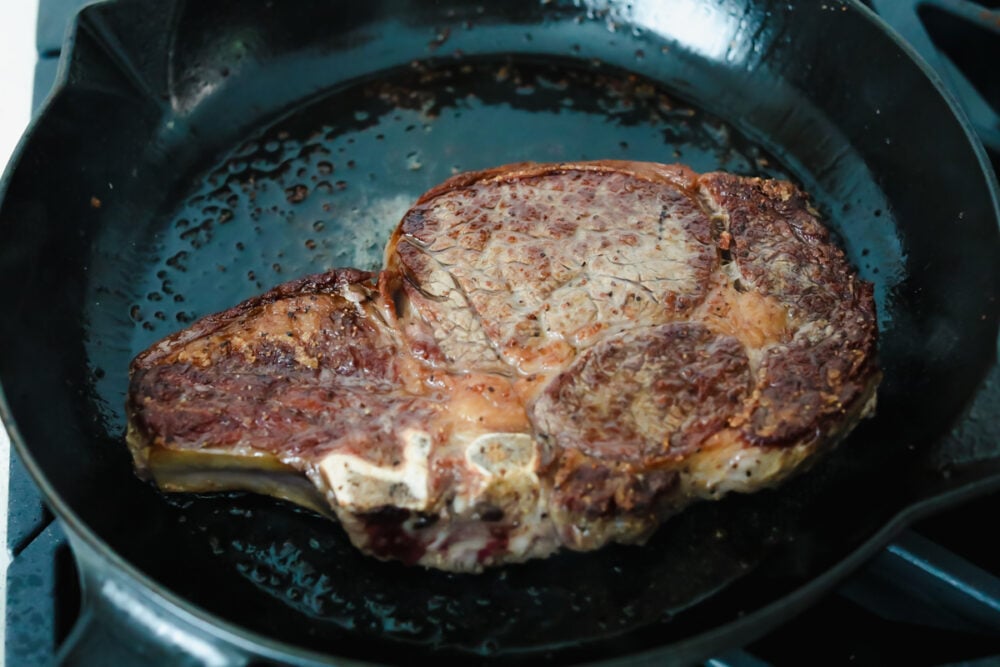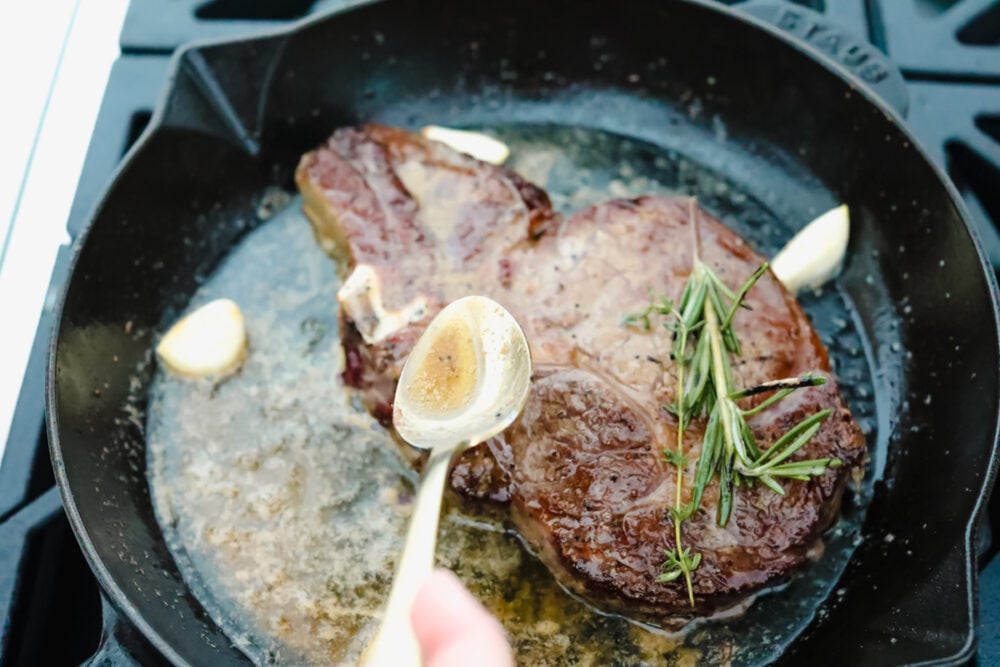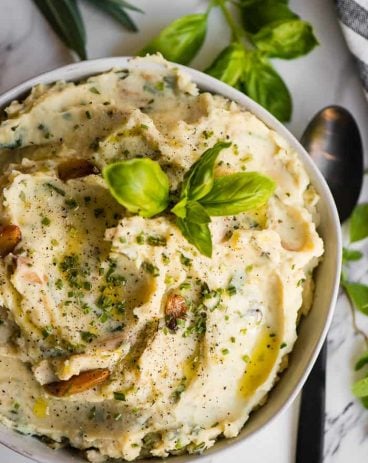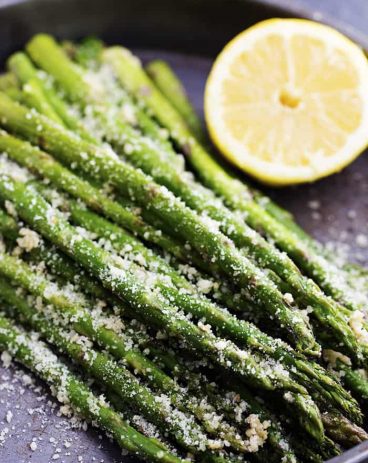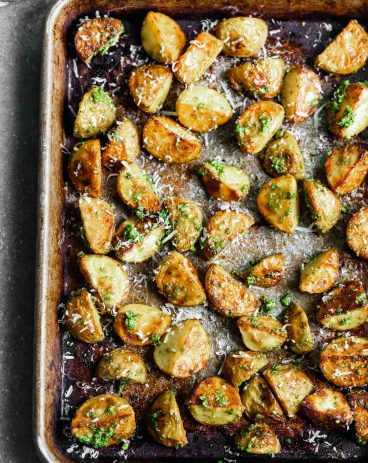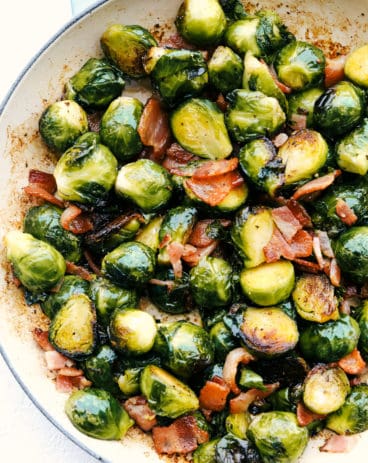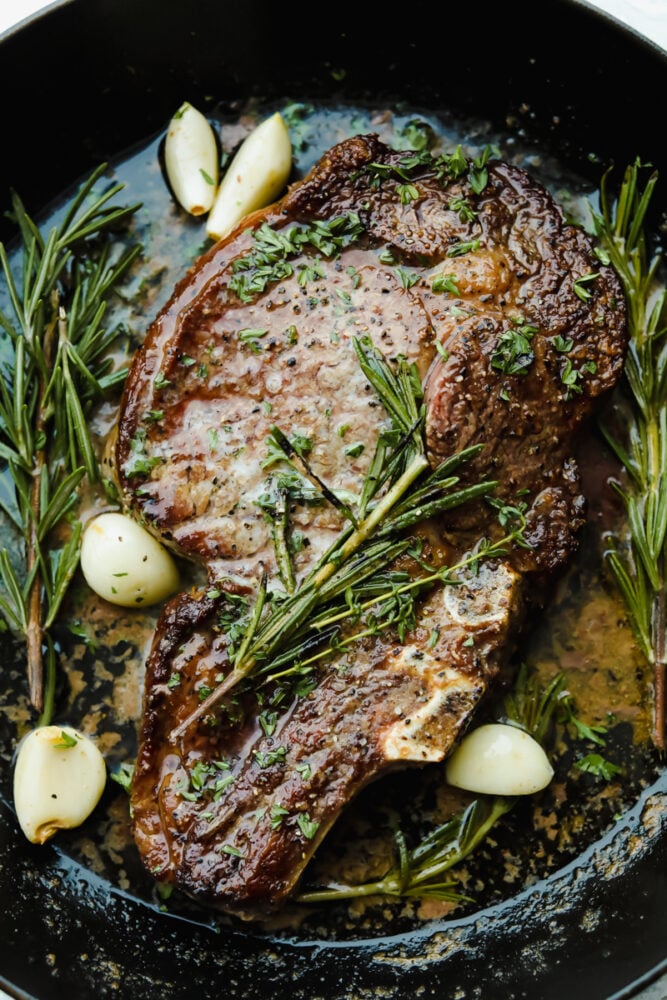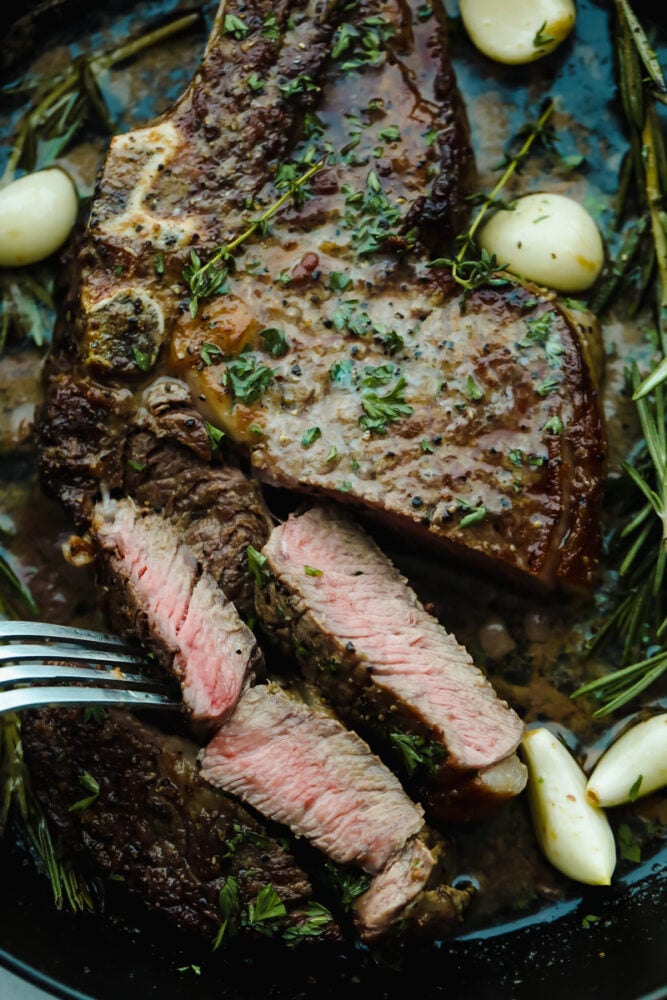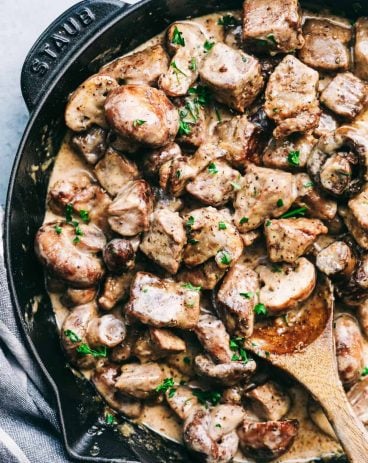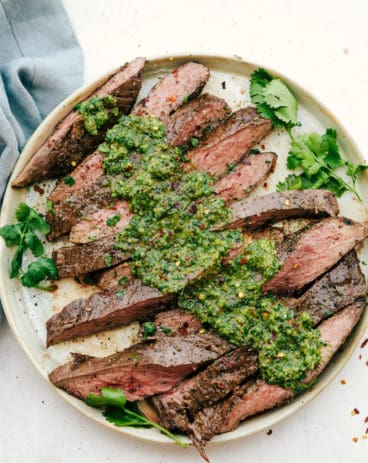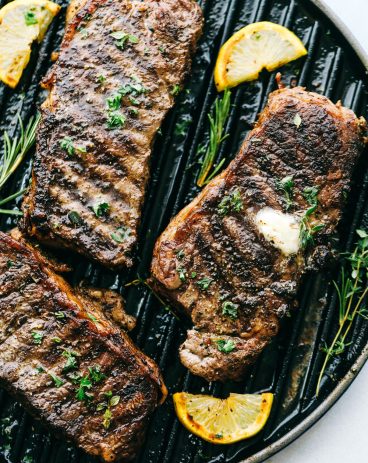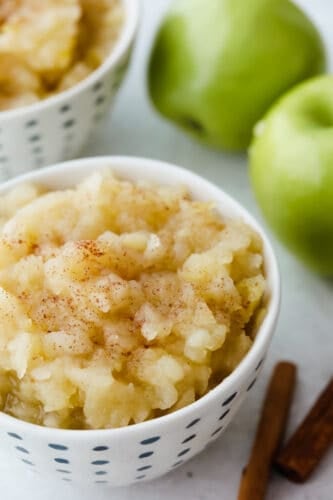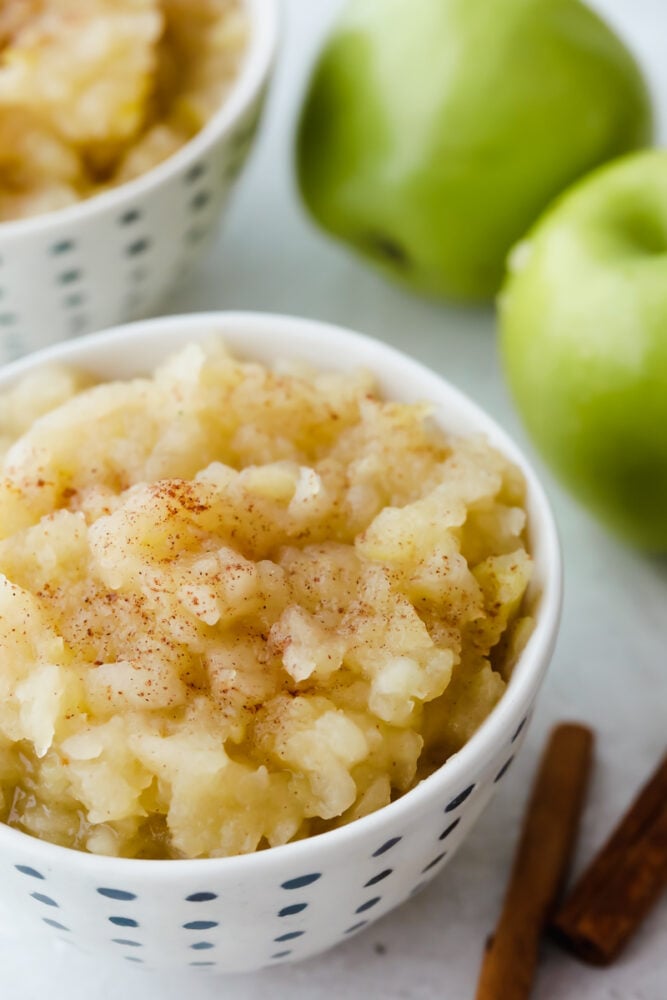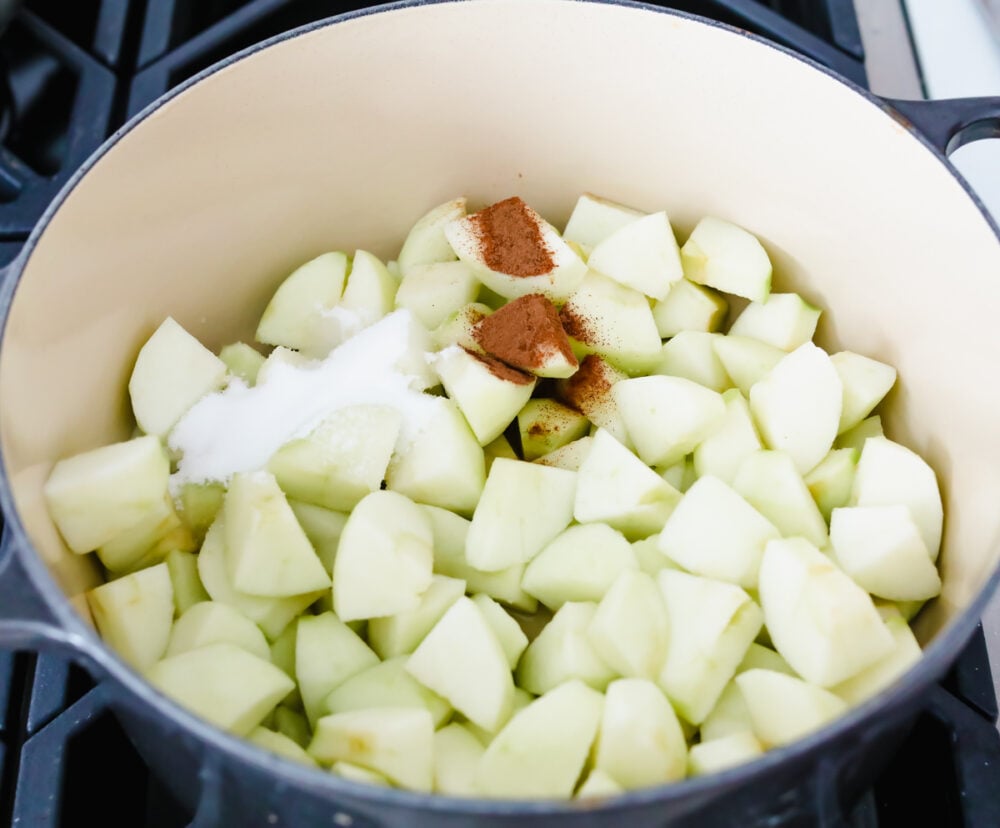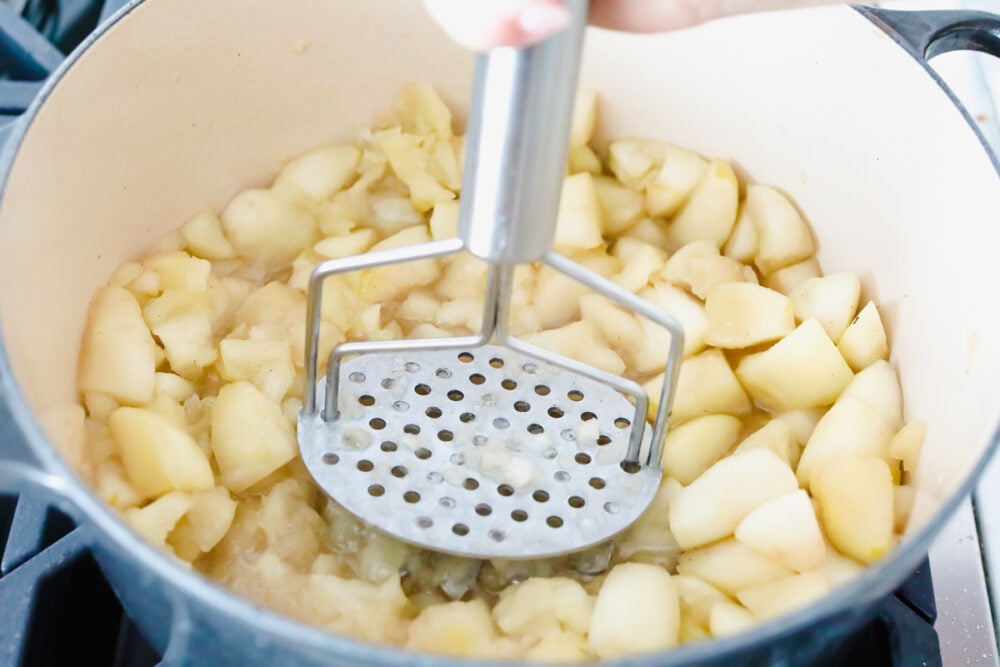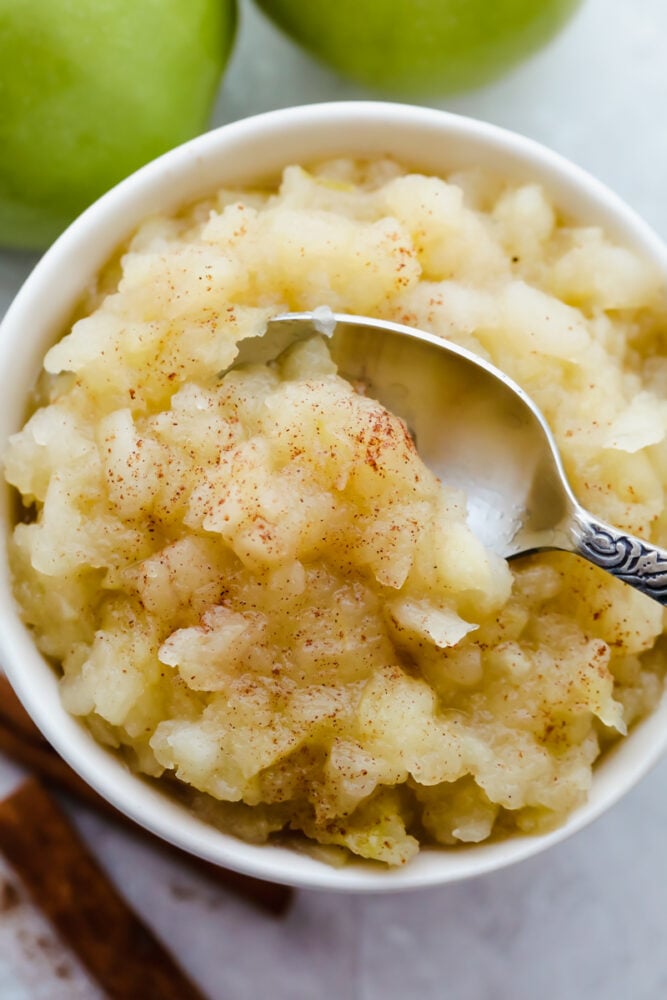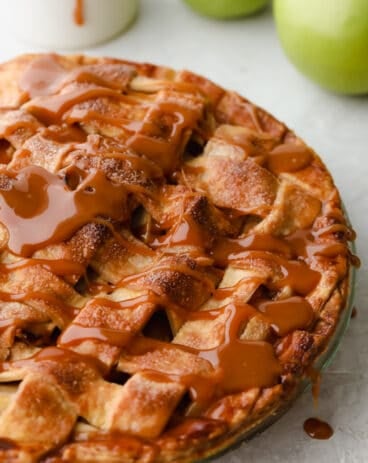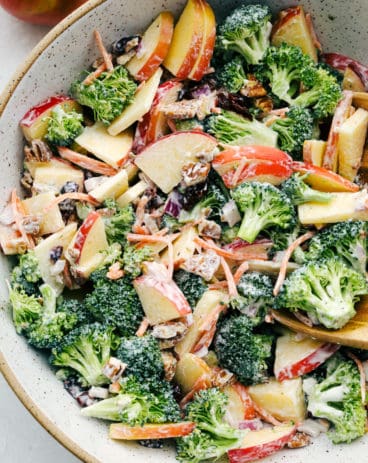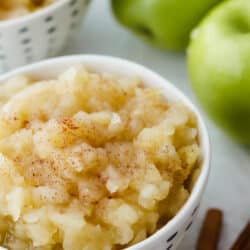
A savory breakfast omelet is so classic and my go-to for a home run breakfast! Quick, easy, and delicious, this healthy breakfast option will leave you feeling full and satisfied!
Omelets are the best because of how versatile they are! If you have lots of eggs in your fridge and are dying to try something new with them, try this scrambled egg recipe or these easy egg muffins. You can even make these delicious breakfast burritos that you can freeze ahead and have all week!
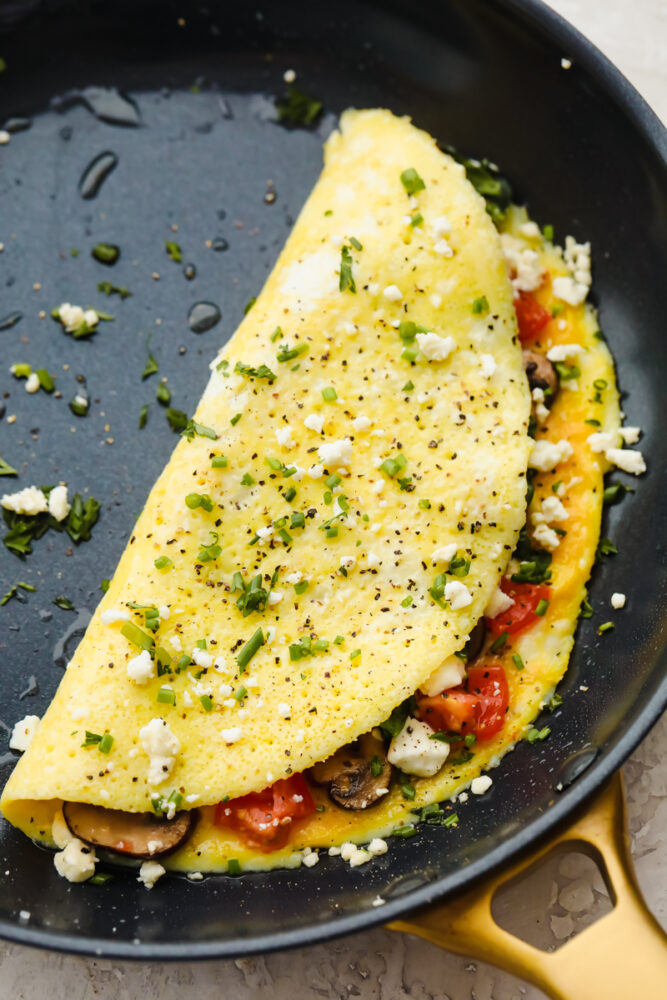
Why are Omelets such a Great Breakfast Option?
I love a good savory breakfast item and eggs are one of the best options out there! These omelets take about 10 minutes and before you know it, you’ll have a delicious breakfast that is quick and ready to eat! As an added bonus, omelets are one of the healthiest breakfast options! It’s a win-win! I love that you can just add in a few of the vegetables that you have leftover in your fridge and you have a tasty meal ready to go! That golden, fluffy texture on the outside followed by that delicious creamy center makes me so hungry just thinking about these!
Did you know that when omelets were first invented they were considered “a culinary delight”?? Napoleon Bonaparte ate them for the first time and because he loved them so much, he had the townspeople in France gather all of the eggs in the village and prepare a huge omelet for his army the next day. I mean, if they are filling enough to literally feed an army, I think this is a winning dish for the whole family!
What Do I Need to Make an Omelet?
If you have eggs in your refrigerator then you are in luck because that’s just about all you need to make this amazing recipe ready to devour in no time! You can add as little or as many toppings as you want and you can make this all your own. Scroll to the bottom of the post for the recipe card to find full ingredient amounts.
- Eggs: Eggs are the key ingredient to this recipe. Just remember to whisk them well before you start cooking!
- Butter: Make sure to include this ingredient even if you are using a nonstick pan because the butter helps add flavor to your dish!
- Salt and pepper: Sprinkle in some salt and pepper to make this dish extra savory and delicious!
- Optional toppings: mushrooms sautéed, tomatoes, feta cheese, spinach, chives
How to Make an Easy Omelet
This omelet is something that even the most beginner of cooks can make! It is simple yet completely satisfying. It is so easy to add in as little or as many toppings as you want and be creative to make this your own concoction!
- Whisk: In a small bowl whisk the eggs.
- Melt butter: In a small nonstick skillet over medium-low heat melt the butter.
- Pour: Pour the eggs into the skillet and desired amount of salt and pepper and make sure they are spread evenly along the bottom of the pan.
- Cook: Cook the eggs until you start to notice the edges folding up and the center starting to set.
- Lift: Taking a rubber spatula gently lift the edges.
- Add Toppings: Place desired toppings on one side of the omelet.
- Fold: Carefully fold the omelet in half and slide it onto a plate. Garnish with chopped chives.
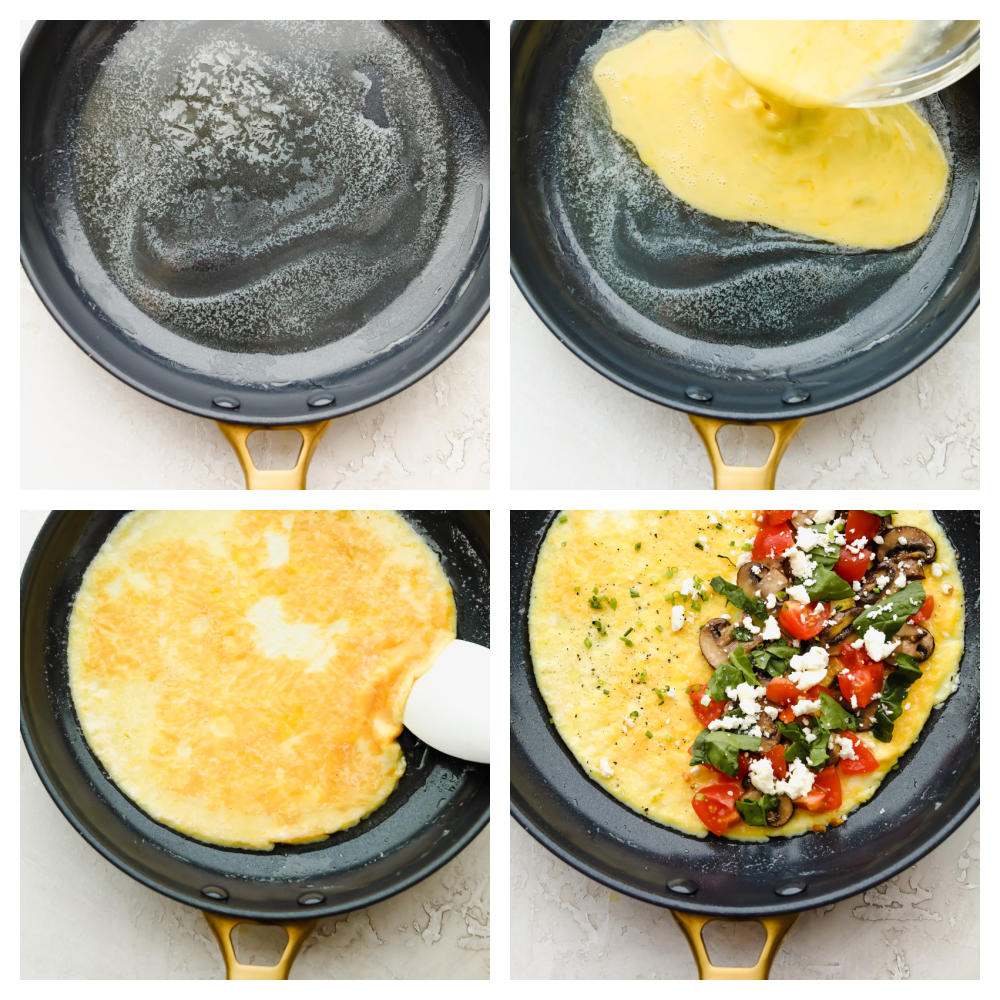
What Kind of Pan Should I Use?
Because you have to move an omelet around on the pan, it’s SO important that you use a nonstick skillet while cooking these! This helps the omelet from sticking and allows you to flip it easily with your spatula. If you don’t have a nonstick pan, try this GreenPan skillet on Amazon! This pan is a tried and true favorite! Grab the large one (12″) to have extra room to flip those omelets! This option is really affordable, high quality, and a great option that will last you a long time!
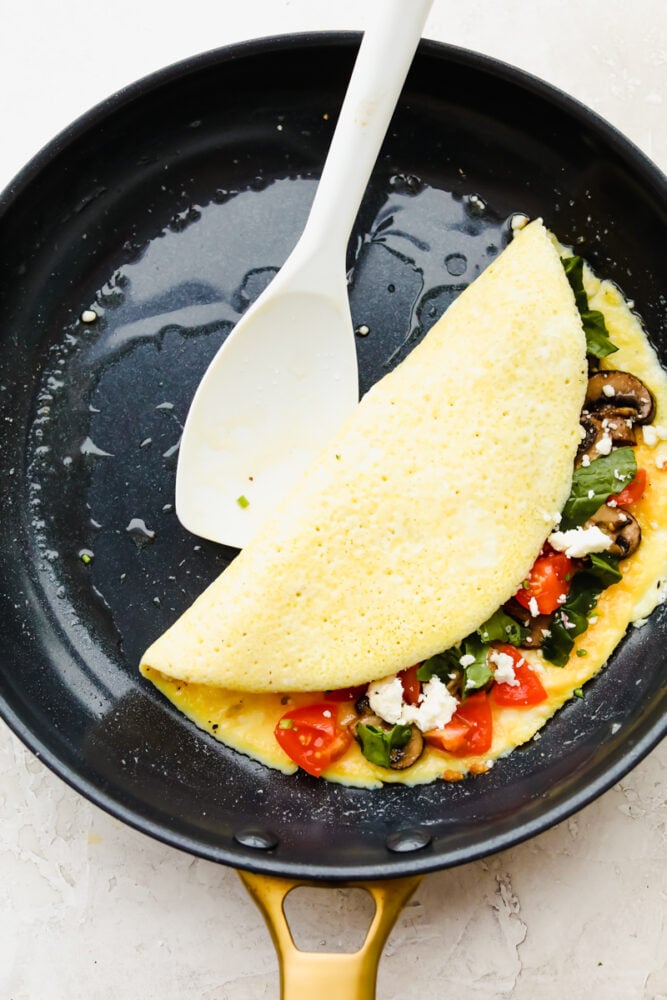
Quick Tips for Fluffy, Golden Omelets
Omelets don’t require too much prior knowledge before cooking but follow these quick tips to make sure that your omelet turns out EXTRA delicious!
- Spatula: Make sure that you keep your spatula clean because a messy spatula makes the omelet stick to the pan.
- Even Cooking: To guarantee that your omelet cooks evenly, make sure that after you pour the eggs into the pan. Once they start to set, use the rubber spatula to drag them into the middle. After this, you can begin to tilt the pan so that the uncooked eggs in the center come to the outside edge. Doing this will create layers and helps your omelet be fluffy and evenly cooked!
- Less is more: If you cook smaller omelets (fewer eggs at a time) instead of large ones, this will help cook them more evenly with less chance that any eggs will be left undercooked. Because large omelets are hard to flip, cooking with smaller omelets makes this part easier as well!
- Preheat your pan: Try to heat up your pan on the stove for 2-3 minutes before you actually start adding ingredients. A nonstick pan has tiny pores that your food can fill in and so heating it up beforehand expands the metals and squeezes those openings shut. This creates a smoother surface that is less likely to cook your food unevenly!

Quick and Easy Omelet Variations
Omelets are such an easy meal to change up and pack with new and delicious ingredients! The feta cheese is one of my favorite toppings. The texture and the flavor bring it up a level to make me feel like I’m eating at a restaurant! The great thing about the omelet is you can customize it to whatever you are in the mood for that day!
- Toppings: If you are looking to add something to the tp of your cooked omelet, try Pico de gallo, sour cream, salsa, or guacamole.
- Additional Fillings: Switch things up by adding ham, bacon, sausage, cheddar cheese, red pepper, or cilantro.
- Seasonings: Add some additional salt or pepper to the finished product to add some extra flavor. If you like some spice, try topping it with a dash of chili powder or paprika!
- Don’t want to flip the eggs? Try cooking an omelet in a bag! Whip up the eggs and mix with your filling (Leave out the chives and feta to put on top!). Place it in a gallon ziplock bag and shake! After you have shaken it well, then place the bag into a boiling pot of water and cook for about 8 minutes or until set!
Can I Store My Leftover Omelette?
Yes! Storing leftover omelets is an easy way to have an on-the-go breakfast ready for you the next day! Here are a few ways to store it:
- Refrigerate: Store in an airtight container for 3-4 days in the refrigerator.
- Freeze: You can freeze an omelet for up to 3 months. Make sure it is stored in an air-tight container!
- To re-heat: Take out your frozen omelet and place it on a plate. Cover it and cook on high for about 1-1 ½ minutes. Flip it about halfway through. If it still isn’t completely heated, continue adding 30 seconds at a time until it is hot. Enjoy!
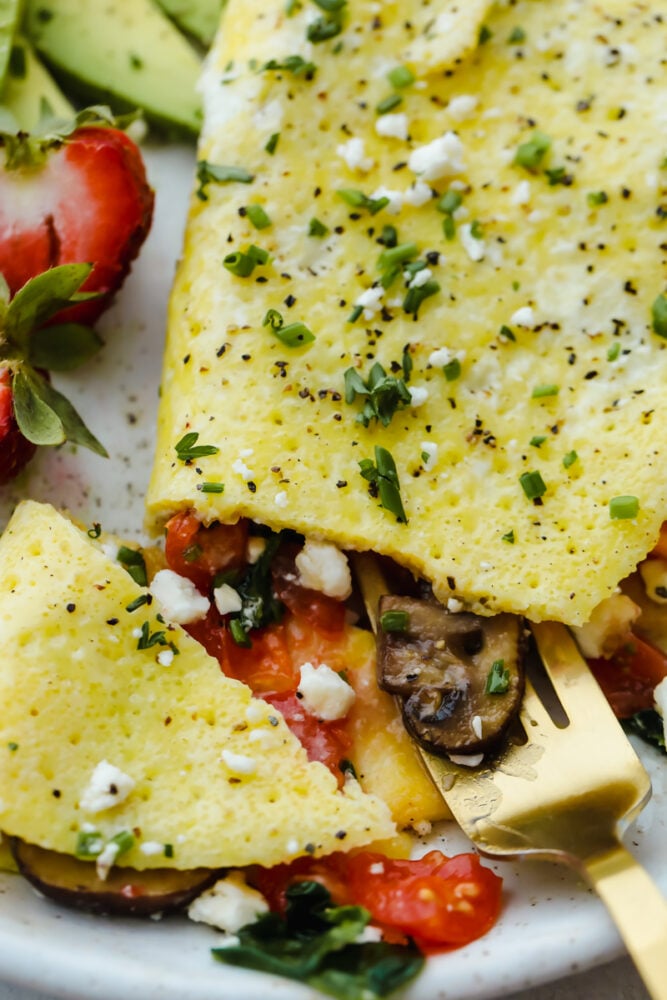

How to Make the Best Omelette
Ingredients
- 3 large eggs
- 1 Tablespoon butter
- salt and pepper
Optional Toppings:
- mushrooms sautéed
- tomatoes
- feta cheese
- spinach
- chives
Instructions
-
In a small bowl whisk the eggs.
-
In a small nonstick skillet over medium-low heat melt the butter.
-
Pour the eggs into the skillet and desired amount of salt and pepper and make sure they are spread evenly along the bottom of the pan.
-
Cook the eggs until you start to notice the edges folding up and the center starting to set.
-
Taking a rubber spatula gently lift the edges.
-
Place desired toppings on one side of the omelet.
-
Carefully fold the omelet in half and slide it onto a plate. Garnish with chopped chives.
Nutrition
from The Recipe Critic https://ift.tt/3fuRtCP
https://ift.tt/2VwXpUQ




